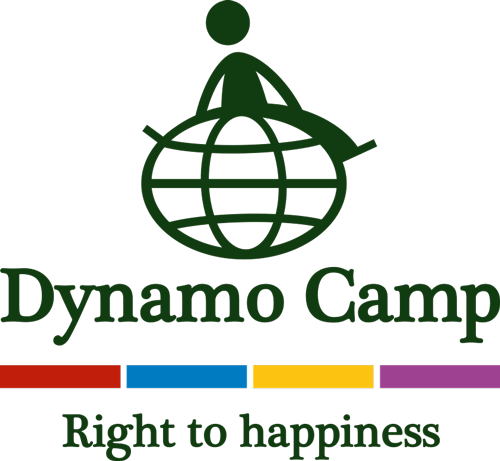
Italy is the first country in Europe for the amount of organic farmers.
According to a recent analysis from Coldiretti on Sinab’s data, the organic companies in our Country are as a matter of fact more than 49.000, and they represent the 17% of the European ones with an annual increase of 20%.
This also happens thanks to the increasing consumption of organic products: more Italians in facts are choosing to buy also organic and natural products. A Doxa survey confirms this trend: 1 Italian out of 3 consumes organic products and about the 62% of them is willing to spend more to buy them.
Choosing the product isn’t however easy. It’s not enough to read the word “organic” on the packaging to make sure it really is, but it’s also important to check other details.
Which ones? Here are some elements to pay attention to:
1.THE LABEL: the data and the information on the label grant that the product is organic. By law, the term “organic” is written on the label only if at least the 95% of the product comes from organic farming. Moreover, it’s important to mention the name and the number of the monitoring organization authorized by the Ministry of Agricultural Politics and the code of the controlled operator, which is the producing company.
2.THE EU BRAND: the real organic products must report the European Union trademark, that has the shape of a leaf surrounded by stars.
3.THE ORIGIN: By law, the acronym of the country of origin must be reported on the package, eg. you’ll find IT if the product comes from Italy.
4.KMO: Even if the organic laws are applied all over Europe and the non-European organic products have to undergo further examinations, to adhere coherently to the basics of organic farming, it’s better to choose local grown products, when they’re available.
[1]SOURCE: Vanityfair.it





